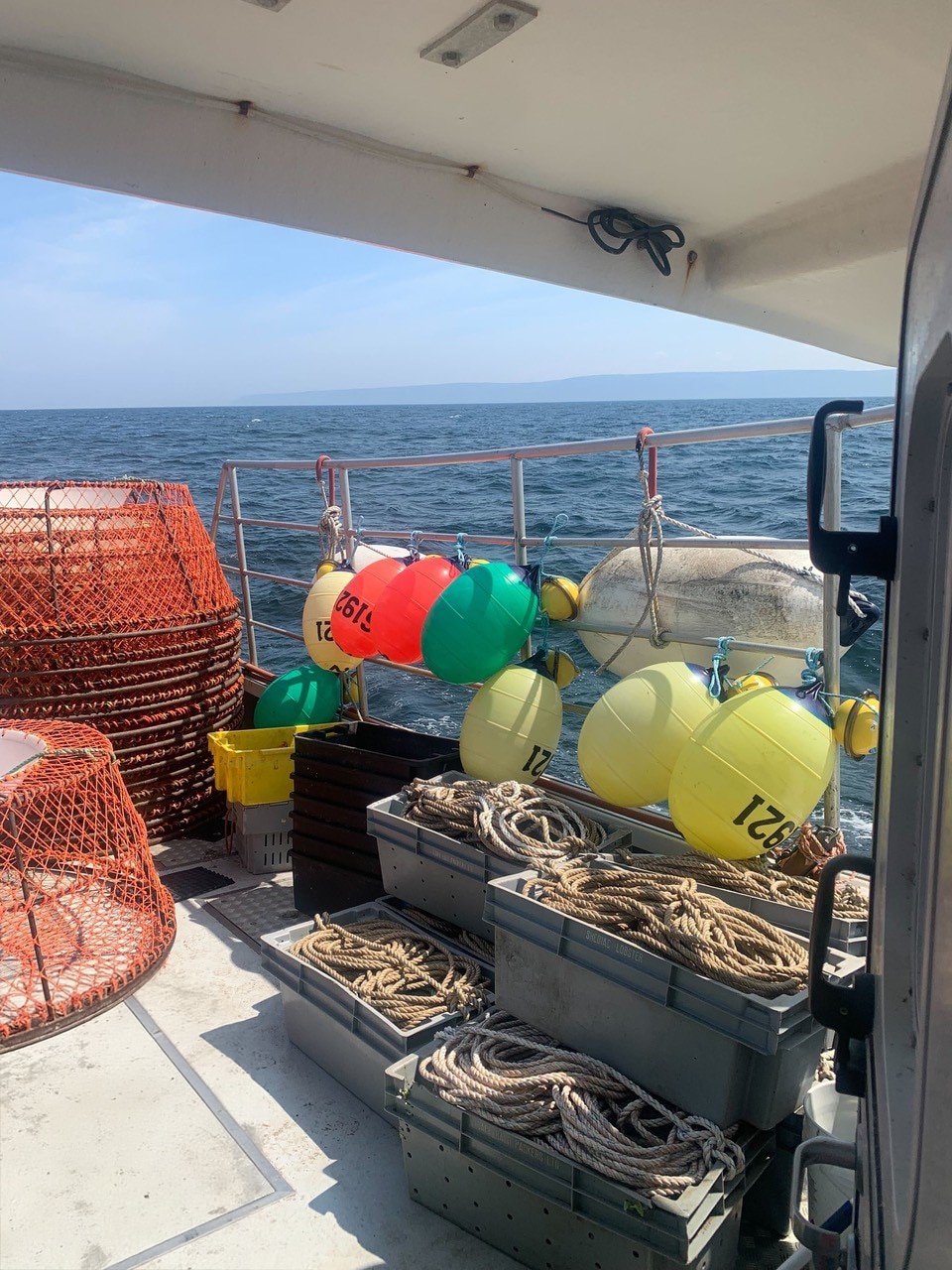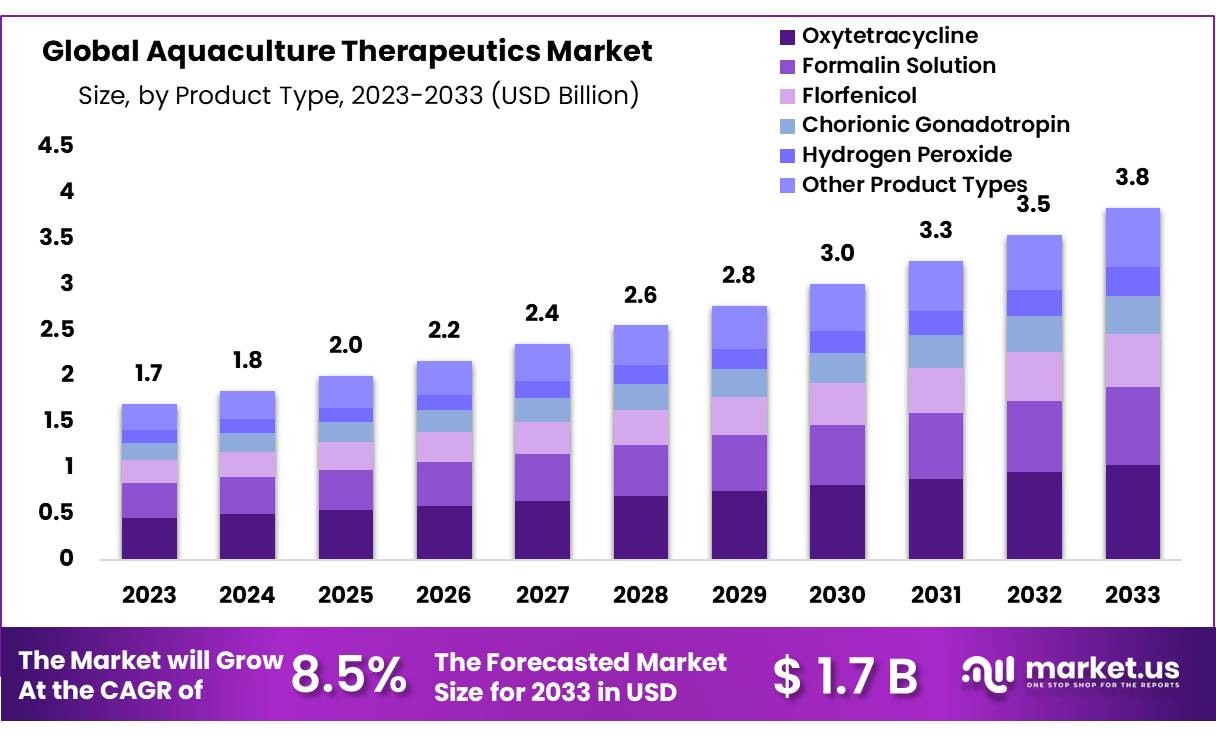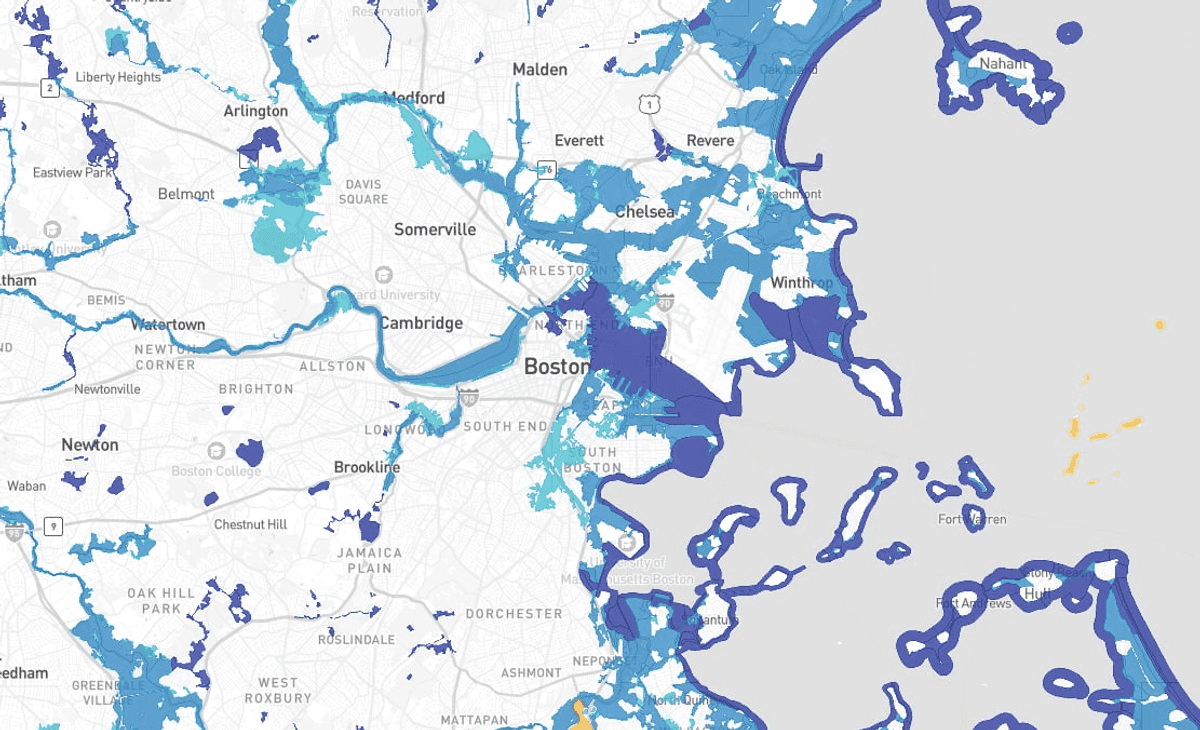Encouraging signs from a no-fishing zone in Comoros could inspire others – Mongabay
Report on Community-Led Marine Conservation in Comoros and its Contribution to Sustainable Development Goals
1.0 Introduction: Addressing Marine Degradation through Local Action
The archipelagic nation of Comoros is leveraging community-led marine conservation to address critical challenges related to biodiversity loss, food security, and poverty, directly aligning with the United Nations Sustainable Development Goals (SDGs). A pilot No-Take Zone (NTZ) established on the island of Anjouan is demonstrating positive ecological and socio-economic outcomes, providing a scalable model for achieving SDG 14 (Life Below Water), SDG 1 (No Poverty), and SDG 2 (Zero Hunger). This report details the initiative, its impacts, and its potential for broader application.
- Context: Comoros’ marine ecosystems, particularly its coral reefs, are among the world’s richest yet most imperiled.
- Dependency: Approximately 70% of the population relies on fish as their primary protein source, making sustainable fisheries essential for achieving SDG 2 (Zero Hunger).
- Challenge: Over 40% of the population experiences deep deprivation, linking marine resource health directly to SDG 1 (No Poverty).
2.0 Project Background and Methodology
In 2021, the fishers’ association Malezi Mema, supported by the non-profit organization Dahari, established a 10-hectare NTZ within the Shisiwani National Park. This initiative represents a strategic shift from previous conservation attempts that failed to deliver sufficient economic benefits to local communities.
2.1 A Shift in Strategy for Sustainable Impact
Earlier efforts focused on temporary closures for octopus fisheries, a model successful in other regions. However, this approach was ineffective in Comoros due to:
- An underdeveloped export market, which prevented the realization of economic benefits necessary to incentivize community participation and advance SDG 8 (Decent Work and Economic Growth).
- A failure to produce significant improvements in reef health, undermining progress toward SDG 14.
2.2 A Collaborative Framework Aligned with SDG 17
The success of the current NTZ is rooted in a participatory approach that embodies SDG 17 (Partnerships for the Goals). The methodology involved:
- Community Leadership: The initiative was led by the Malezi Mema fishers’ association, ensuring local ownership and buy-in.
- Stakeholder Consultation: Extensive consultations with fishers from three villages, village elders, and community members were held to select the NTZ site, balancing ecological priorities with social needs.
- Partnerships: The project is a collaboration between the local community, the Dahari NGO, and state authorities, including the gendarmerie and Shisiwani National Park management, who assist with enforcement.
- Capacity Building: Dahari facilitated learning exchanges, allowing Comorian fishers to visit successful marine management projects in Madagascar and Tanzania.
3.0 Results: Tangible Progress on Sustainable Development Goals
Initial observations indicate that the NTZ is yielding significant benefits that directly contribute to multiple SDGs.
3.1 Advancing SDG 14: Life Below Water
- Ecosystem Restoration: Fishers report an increase in fish populations and biomass in areas adjacent to the NTZ.
- Biodiversity Recovery: Species not seen for several years, including sea turtles, have been observed near the protected area.
- Contribution to Global Targets: The initiative serves as a foundational step toward Comoros’ commitment to protecting 30% of its ocean by 2030, a key component of global efforts under SDG 14.5.
3.2 Impact on SDG 1 (No Poverty) and SDG 2 (Zero Hunger)
- Improved Livelihoods: Fishers now encounter fish shoals closer to shore, reducing the need to travel far out to sea. This leads to significant savings on fuel costs and reduces operational risks.
- Enhanced Food Security: Increased and more accessible fish catches bolster food security for communities heavily dependent on marine resources for protein.
4.0 Future Outlook and Scalability
The success of the pilot NTZ has generated interest from neighboring communities and created a pathway for scaling up the conservation model.
- Immediate Expansion: Plans are underway to triple the size of the existing NTZ to 30 hectares.
- Regional Rollout: Dahari aims to support the establishment of at least five NTZs across Anjouan by 2026, covering 425 hectares of coral reefs and involving 20,000 residents.
- National Strategy: Beginning in 2027, the goal is to replicate this community-led NTZ model across Comoros, contributing significantly to the nation’s marine protection targets.
This approach, which complements traditional Marine Protected Areas (MPAs), demonstrates that locally-managed, smaller-scale interventions can be powerful tools for achieving large-scale conservation objectives and fostering sustainable development.
Analysis of SDGs, Targets, and Indicators
SDG 14: Life Below Water
This is the most prominent SDG in the article. The entire initiative focuses on marine conservation, sustainable fishing practices, and protecting coral reef ecosystems in Comoros.
- Conservation of Marine Ecosystems: The article details the establishment of a no-take zone (NTZ) within a marine protected area (MPA) to protect “some of the richest and most imperiled marine habitats in the world.” The plan is to expand these zones to cover 425 hectares of coral reefs.
- Sustainable Fishing: The core problem addressed is the “decline in the community’s fishing fortunes.” The NTZ is a tool to allow fish populations to recover, leading to spillover effects where fishers “encounter more fish nearer to the shore.” This directly supports the sustainability of local fisheries.
- Support for Small-Scale Fishers: The project is described as “fisher-led” and designed to benefit the local community, where fisheries are a “lifeline for most households.” The article notes that improvements allow fishers to save on fuel costs and increase their safety, directly benefiting small-scale artisanal fishers.
SDG 1: No Poverty
The article links marine health directly to the economic well-being of the local population.
- The text states that “about 40% of the country suffers from deep deprivation” and that fishing is a critical livelihood. The failure of a previous conservation model was attributed to the lack of “economic benefits.” The success of the current NTZ is partly measured by its positive financial impact on fishers, such as saving on fuel costs, which helps alleviate poverty.
SDG 2: Zero Hunger
The article highlights the dependence of the Comorian population on marine resources for food security.
- It is explicitly mentioned that “around 70% of people in Comoros… eat fish as their primary protein source.” By working to restore fish stocks, the project directly contributes to securing a vital food source for a large portion of the population, addressing issues of nourishment and food security.
SDG 8: Decent Work and Economic Growth
The initiative aims to make fishing a more sustainable and viable livelihood, which connects to the principles of decent work.
- By increasing fish availability closer to shore, the project makes fishing more efficient and safer. Fishers “save on fuel costs” and spend “less time at sea,” which improves their working conditions and the economic viability of their occupation.
SDG 17: Partnerships for the Goals
The success of the project is built on collaboration between various stakeholders.
- The article describes a multi-stakeholder partnership involving a local fishers’ group (Malezi Mema), a non-profit organization (Dahari), village elders, and government bodies like the “gendarmerie” and “Shisiwani National Park” managers. It also mentions international knowledge sharing, as the project was inspired by similar efforts in Madagascar and Tanzania.
Identified SDG Targets
SDG 14: Life Below Water
- Target 14.2: “By 2020, sustainably manage and protect marine and coastal ecosystems to avoid significant adverse impacts… and take action for their restoration in order to achieve healthy and productive oceans.” The establishment of the NTZ on a coral reef flat is a direct action to manage, protect, and restore a critical coastal ecosystem.
- Target 14.5: “By 2020, conserve at least 10 per cent of coastal and marine areas, consistent with national and international law and based on the best available scientific information.” The article mentions a plan to cover “425 hectares (1,050 acres) of reefs, or about a tenth of Anjouan’s total reef area” and a national commitment to “protect 30% of its ocean by 2030.”
- Target 14.b: “Provide access for small-scale artisanal fishers to marine resources and markets.” The entire project is centered on a “fisher-led” approach. Its success is measured by benefits to local fishers, such as increased catches near the shore, which improves their access to marine resources.
SDG 1: No Poverty
- Target 1.4: “By 2030, ensure that all men and women, in particular the poor and the vulnerable, have equal rights to economic resources, as well as access to… control over… natural resources…” The project empowers the local fishing community by involving them in the management and control of their marine resources through the Malezi Mema fishers’ group.
SDG 2: Zero Hunger
- Target 2.1: “By 2030, end hunger and ensure access by all people… to safe, nutritious and sufficient food all year round.” The project’s goal of restoring fish populations directly supports this target, as fish is the “primary protein source” for 70% of the local population.
SDG 17: Partnerships for the Goals
- Target 17.17: “Encourage and promote effective public, public-private and civil society partnerships, building on the experience and resourcing strategies of partnerships.” The collaboration between the fishers’ association (civil society), the NGO Dahari (civil society), and the national park and gendarmerie (public) is a clear example of such a partnership.
Implied and Mentioned Indicators
The article provides several quantitative and qualitative indicators that can be used to measure progress towards the identified targets.
Indicators for Target 14.2 & 14.5 (Marine Protection)
- Area of protected zones: The article specifies the size of the initial NTZ as “10 hectares,” with plans to expand it to “30 hectares” and establish a network of five zones covering “425 hectares.” It also mentions the national goal of protecting “30% of its ocean by 2030.”
- Qualitative ecological improvements: Fishers report “finding fish species and sea turtles they hadn’t seen for some years,” which serves as an anecdotal indicator of ecosystem restoration.
Indicators for Target 14.b (Small-Scale Fishers)
- Fish catch location and abundance: An implied indicator of success is that fishers are “encountering more fish nearer to the shore” and “encounter fish shoals nearer to the shore.”
- Economic benefits for fishers: A specific indicator mentioned is that fishers “save on fuel costs.”
- Catch monitoring data: The article states that “Dahari runs a catch monitoring program,” which provides quantitative data to track changes in fish catches over time.
Indicators for Target 17.17 (Partnerships)
- Community engagement and perception: Progress is measured by the “support of nearly 60 fishers from three nearby villages” and the fact that other communities have “expressed interest in setting up their own reserves.” Dahari also “conducts surveys to capture the perceptions of community members.”
- Enforcement activities: The existence of patrols (“coastal patrols,” “sea patrols”) and the involvement of law enforcement are indicators of a functioning management partnership.
Summary of Findings
| SDGs | Targets | Indicators Mentioned or Implied in the Article |
|---|---|---|
| SDG 14: Life Below Water |
|
|
| SDG 1: No Poverty |
|
|
| SDG 2: Zero Hunger |
|
|
| SDG 8: Decent Work and Economic Growth |
|
|
| SDG 17: Partnerships for the Goals |
|
|
Source: news.mongabay.com
![]()
What is Your Reaction?
 Like
0
Like
0
 Dislike
0
Dislike
0
 Love
0
Love
0
 Funny
0
Funny
0
 Angry
0
Angry
0
 Sad
0
Sad
0
 Wow
0
Wow
0



























;Resize=805#)







































;Resize=620#)










